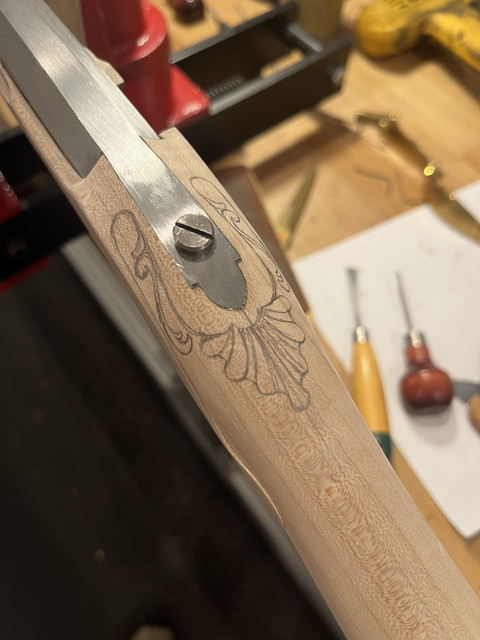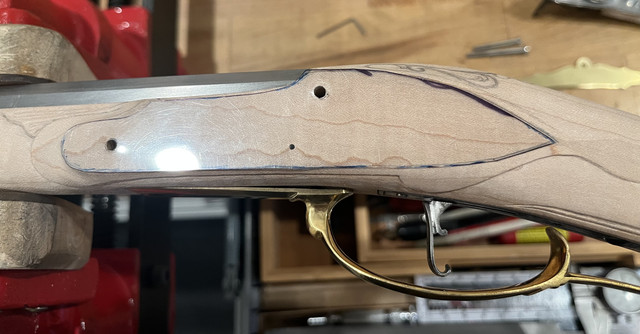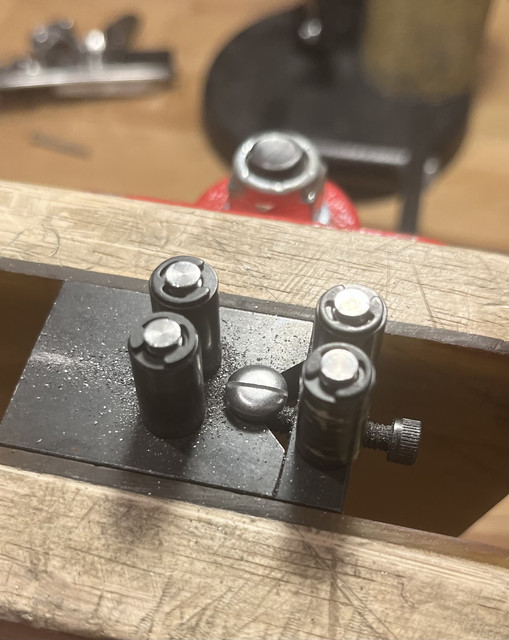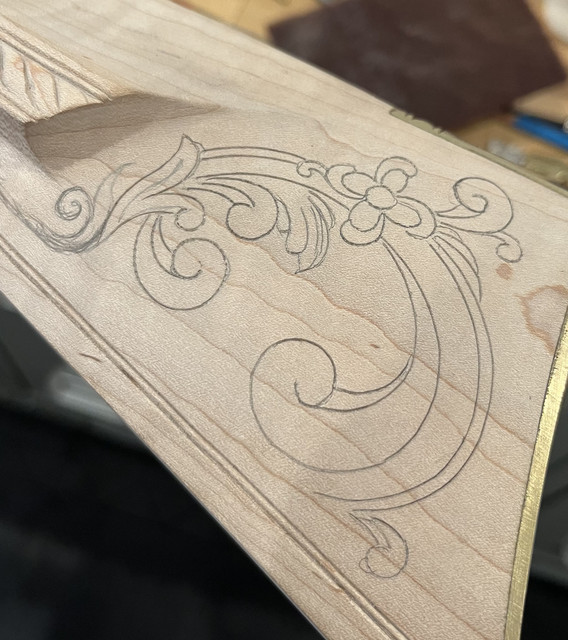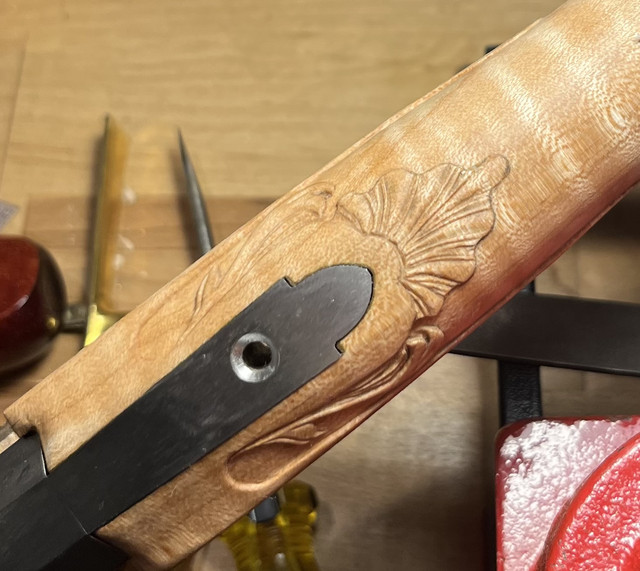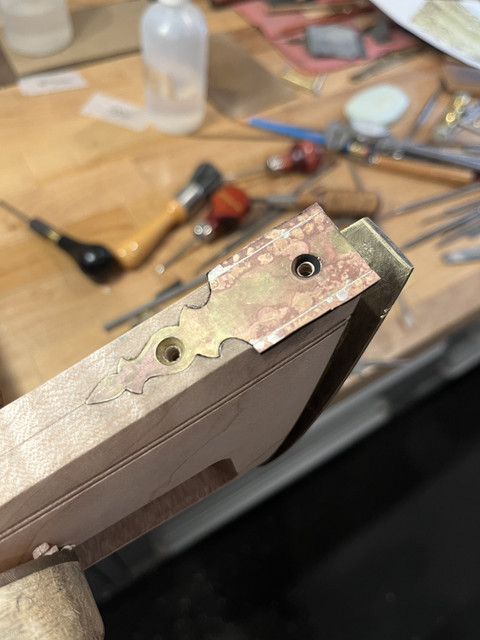Dave, I looked in the book "An intimate look at The American Longrifle - Its Art and Evolution"
They have three Noll rifles in full color and the one on pp 113-117 uses the same patchbox finial and it looks like some of the carving just forward of it. The lid and sideplates are more ornate with piercings in the sideplates. Very attractive. The rifle itself is what I would call "hyper decorated."
Not exactly what you are looking for, but if you are interested in Noll's work, these three rifles are full color photos with close ups.
No Nunnamacher guns in the book.
I bought this book based on a recommendation from Dave Person (I was complaining how I wished RCA had better pictures!

)















